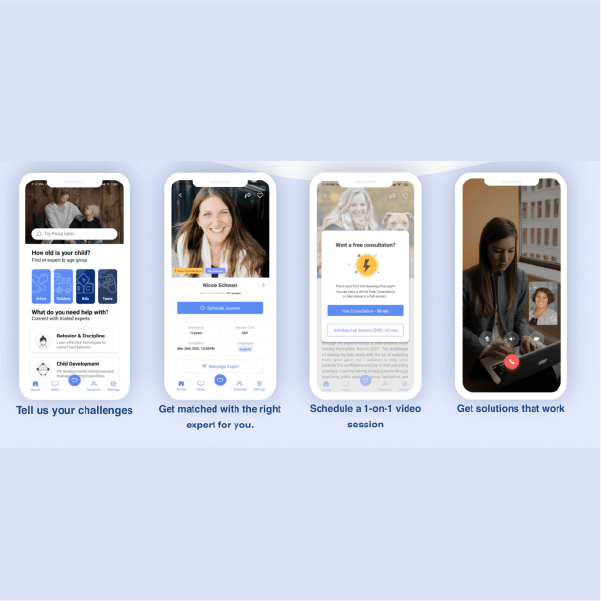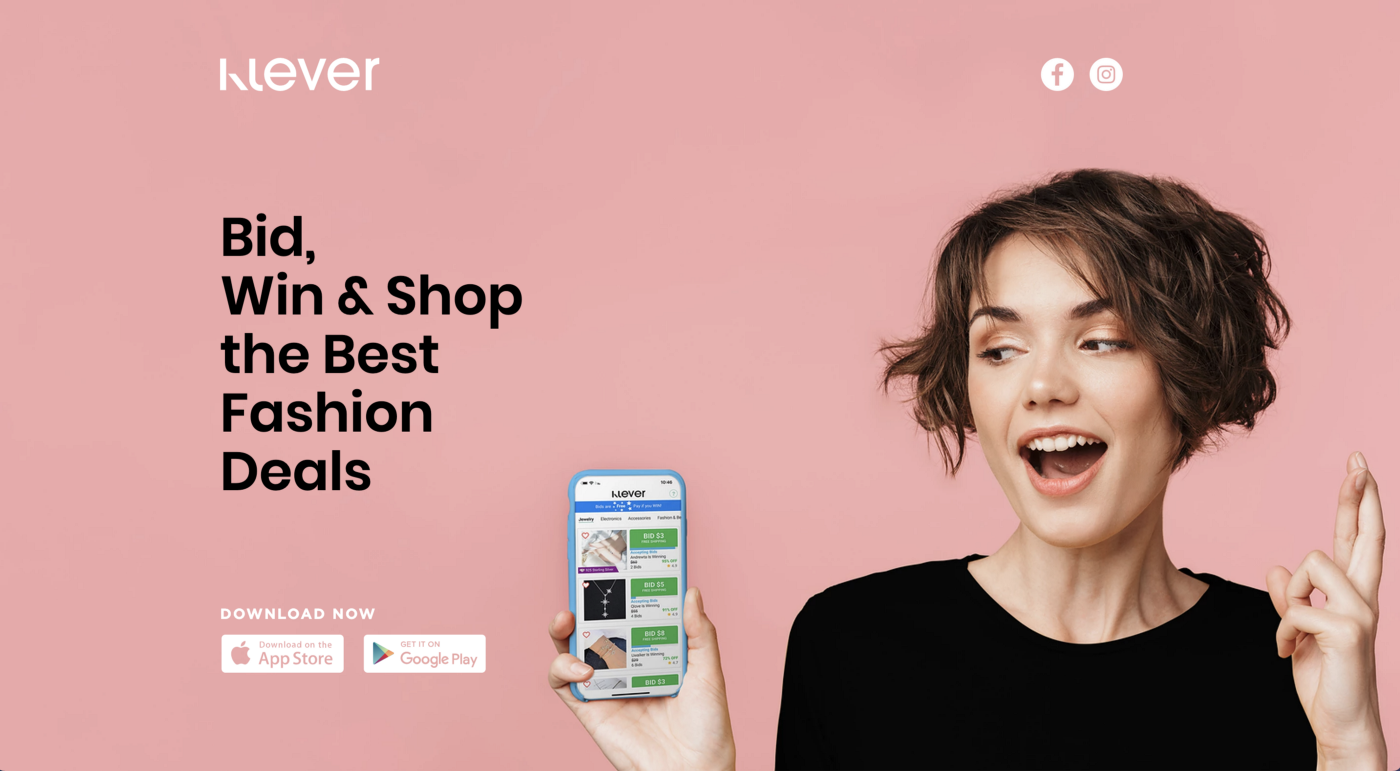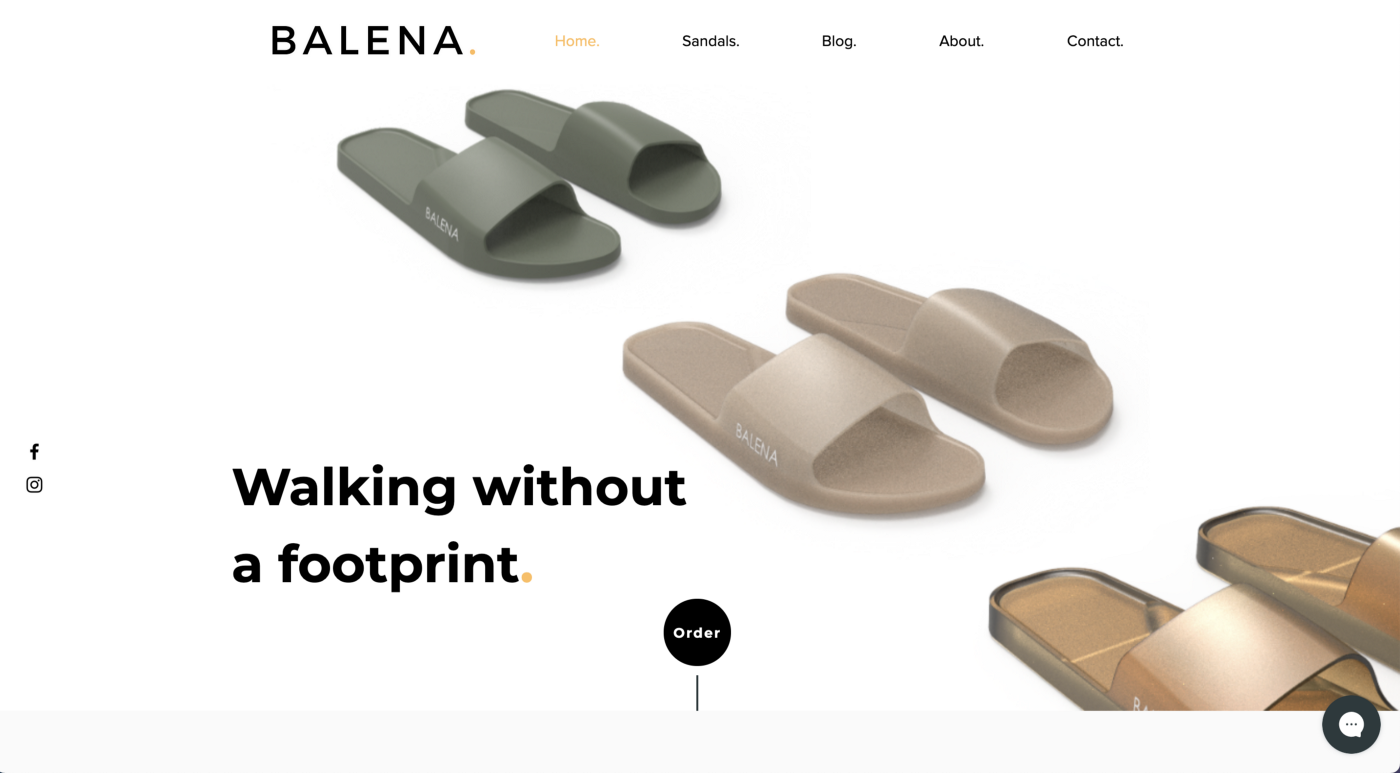or: how to identify your “low hanging fruits” audience
You’ve probably heard the famous saying from that 80s film Field of Dreams: “Build it and they will come.” So you’ve built it, but where the heck is everyone? Hey, it’s a nice fantasy. A product so good, it draws people like a magnet. But the reality? Not so much. You know how awesome your product is. You know it’s a game-changer. But here’s the brutal truth. At first, most people simply won’t care. At all. Not a bit.
When you’ve conquered the initial stages of product development, the next step is finding your first audience who will go on the journey with you as you build further, better and higher.
You want those people by your side as you gather momentum. They are the ones who’ll grow your base by engaging, sharing, commenting, and recommending, just as the product rises from the early stages.
You definitely shouldn’t wait till product maturity to create a frontline community. The question is how to do it and where to start.
It starts at the beginning — with your product
The first thing you need to do is look at the DNA of your product. How would you define its true character? That may seem like an awfully big question. But there are actually three distinct categories that your product will fit into. Whichever one it is, there is an audience of “low hanging fruit” ready and available to be introduced to your product. And that’s who you should be targeting.
So let’s dive in and explore the three product character “types”. Which category best matches your product?
(1) The product that fills a need
Some products are built for the purpose of solving a problem or filling a need. Rest assured, there are people out there right now searching for the exact solution you offer. They just don’t know about you yet.
These searchers are very focused, actively looking on Google for the right solution. And what they are looking for might just be closely related to what you have to offer. For example, ParentGood is an app that offers on-demand parenting advice. The target audience is new (tired) parents. Where are they likely to be hanging out? Online, late at night, searching for products like baby monitors, rockers, and — yes — parenting apps. How does Parentgood reach them? With a killer search marketing strategy that serves targeted search ads just when they are out there looking for solutions to their needs.

Parentgood: The product that fills a need
(2) The product that offers new experiences
This product type is designed to offer new, exciting, and even unexpected experiences for customers. The audience is made up of opportunists and impulse buyers (you know the type…). They are not looking for something in particular. You’ll commonly find them in the shopping, gaming, and mobile markets.
These consumers need to be exposed to your product and turned on by it. They are open and willing, and not even aware that your product is something they could love. The Klever Live Online Shopping app is a great example, offering tons of deals, auctions and shopping offer to satisfy people as they browse for that new, shiny thing to catch their eye.

The product that offers new experiences
(3) The product that serves an existing community
If your product is suitable for an already-formed community, then you’re in luck! This consumer group is already huge fans of the niche. They are living the lifestyle, breathing the culture, and always open to new products that will sharpen their devotion. Now you just need to connect with them.
For example, Vans started out as a fashion brand for the skating community (still a huge part of its identity today). So, the marketing strategy was literally to go to places where skaters like to hang out — skateparks and beaches — and interact with consumers there.
Another fab example of a company targeting an existing community is Balena, which develops “compostable” fashion products that biodegrade fully after “end of use”. People who are passionate about sustainability and the environment are usually passionate about their consumer choices too. By tapping into eco-conscious communities that are active on Instagram, Facebook and other social platforms, Balena finds an audience ready and waiting for their product.
The trick is identifying which niche your brand really belongs to and where the existing communities can be found (online or offline), and then tapping into them to get them on board.

The product that serves an existing community
So, you’ve got the product. Now, get the people.
Build it, but don’t wait for them to come. Start working to define your product DNA as precisely as you can, within the framework of the three types listed above. Then, you can craft a strategy to capture the audience that is out there waiting for your kind of product. Find ways to reach out to them where they are, whether it be via search ads, social media campaigns, or infiltrating existing forums and communities. They will be the first ones to surround you and help lift up your product as it starts to take off.
So before you jump into attracting your first audience, make sure to shift your focus away from the usual marketing questions, and ask yourself: what type of product am I launching? The answer to this question will lead you to your best audience of low-hanging fruits.
